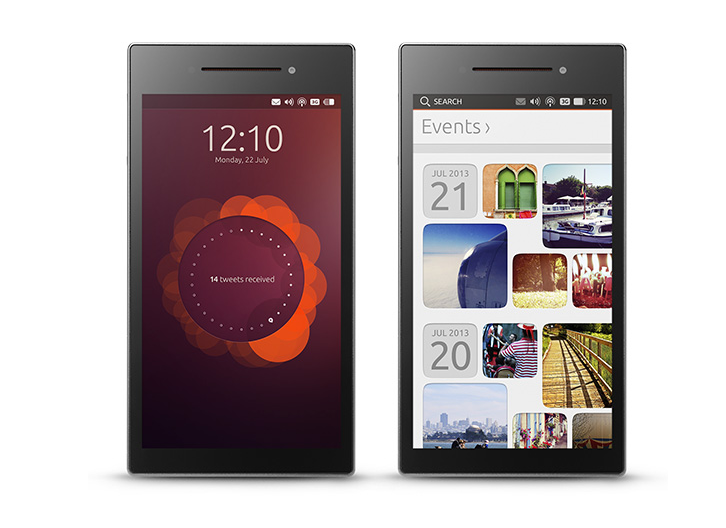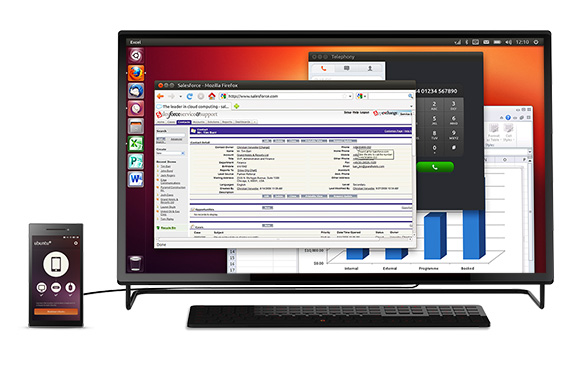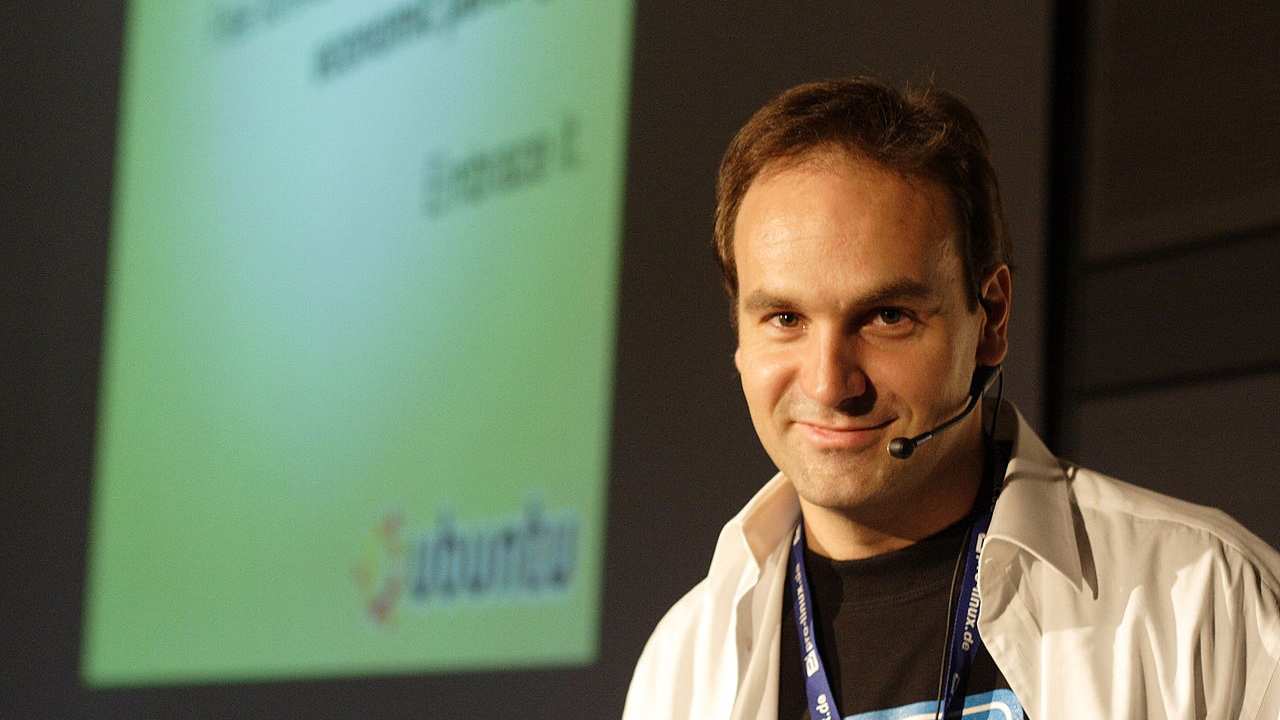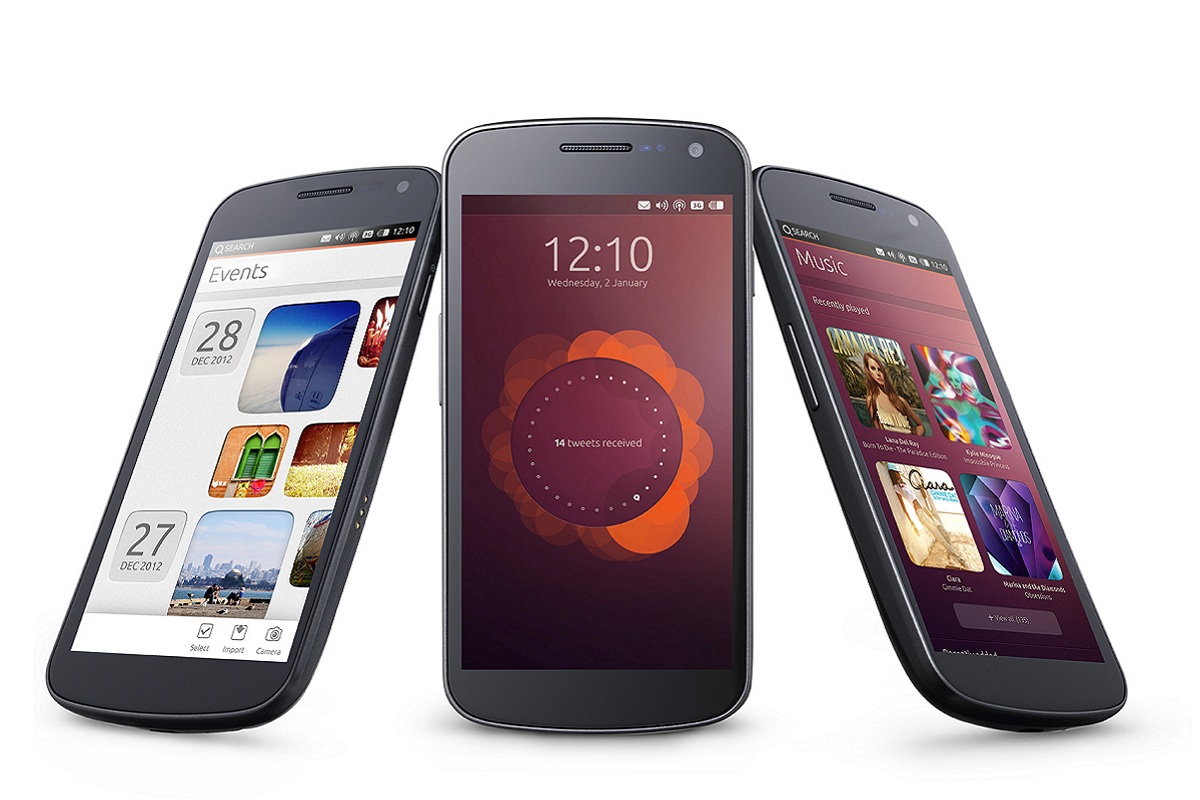Android/Ubuntu crowd-sourced smartphone nets $3.7m donations in 3 days
Updated: Firm has already raised $3.7 million of its $32 million 30-day target for Android/Ubuntu device that can be used as PC.

Canonical's plan to raise $32 million in a month via crowd-sourcing website Indiegogo so it can ship a smartphone running Ubuntu and Android, which also doubles as a PC, appears to have got off to a roaring start.
Ubuntu Edge was introduced by Canonical founder Mark Shuttleworth on Monday 22 July, who told journalists the venture aims to plug an "innovation gap". The project will initially see 40,000 handsets created and shipped in May 2014, but only if the founding goal of $32 million is met (the equivalent of raising $1 million per day).
The plan is to ship the device with a dual-OS Android is present when handset is being used as smartphone and Ubuntu kicks in when the user plugs it into a monitor to use as a PC.
Since the initiative was first announced, the company has raked in more than $3.7 million in donations, an achievement the firm trumpted in a website post yesterday.
"We hit $1 million in under five hours, and $2 million not long after that. We've now passed the 10% line, which shows just how much demand there is out there for the Edge's radical new approach to mobile technology," the post stated.
"Thank you for all your support, both in backing the campaign and getting it out there for all to see - at one point yesterday our new baby was trending higher on Twitter than a certain royal one!"
Backers who signed up to the project on Day One (22 July) will get a handset for a discounted $600 (394). Those donating thereafter will have to pay $830 (592) if they would like to receive a device.
Get the ITPro daily newsletter
Sign up today and you will receive a free copy of our Future Focus 2025 report - the leading guidance on AI, cybersecurity and other IT challenges as per 700+ senior executives
However, yesterday's blog post also saw the firm announce plans to offer users two Ubuntu Edge phones for $1,400, as part of an offer it has dubbed Double Edge.
Confirmed specifications include a 4.5in display (1,280 x 720), 8-megapixel camera, 4GB or RAM and 128GB of internal storage. However, Shuttleworth acknowledged that specifications are subject to change before the release date.
"Some of them [specifications] are concrete on the storage front we modelled our usage on netbooks and lightweight laptops and figured that 128GB was futureproof for this generation of mobile PCs. Also there's a physical size constraint there," Shuttleworth said during the briefing.
"From a RAM point of view we think 4GB is ahead of what any other phones will [have]. There isn't much drive to put more memory in phones at the moment because essentially they've completely got the ability to drive the screens which [use the] major of phone memory. We need the ability to drive two screens at once."

Questions about core specifications still remained unanswered though. Shuttleworth was unable to disclose which manufacturer will be creating the Ubuntu Edge or whether ARM or Intel chipsets would be used.
"We're in open conversations to select the best part and as the question was raised earlier that is something we may be able to give our backers a say in," he said in response to IT Pro.
"We have good experience on both sides of that architectural fence and we'll see you know what present the best performance capabilities for this convergence device."
*This article was originally published on 22 July, and was updated on 24 July to reflect the progress Canonical has made with its fund raising efforts.
-
 Bigger salaries, more burnout: Is the CISO role in crisis?
Bigger salaries, more burnout: Is the CISO role in crisis?In-depth CISOs are more stressed than ever before – but why is this and what can be done?
By Kate O'Flaherty Published
-
 Cheap cyber crime kits can be bought on the dark web for less than $25
Cheap cyber crime kits can be bought on the dark web for less than $25News Research from NordVPN shows phishing kits are now widely available on the dark web and via messaging apps like Telegram, and are often selling for less than $25.
By Emma Woollacott Published
-
 Linux just hit an all-time high share of the global desktop market — and surging popularity in India is driving uptake of the open source operating system
Linux just hit an all-time high share of the global desktop market — and surging popularity in India is driving uptake of the open source operating systemNews Linux is still dwarfed by operating systems such as Windows, but it’s making modest gains off the back of growing popularity in emerging markets
By Steve Ranger Published
-
 Linux Blue Screen of Death gives users a taste of the dreaded Windows feature
Linux Blue Screen of Death gives users a taste of the dreaded Windows featureNews The Linux Blue Screen of Death has been added in a recent update
By Ross Kelly Published
-
 Dell’s XPS 13 Plus becomes first Ubuntu 22.04-ready laptop
Dell’s XPS 13 Plus becomes first Ubuntu 22.04-ready laptopNews The device is the latest result of Dell and Canonical’s ten-year Project Sputnik, which aims to create high-end Dell systems with Ubuntu preinstalled
By Zach Marzouk Published
-
 Linux Mint vs Ubuntu: Which one is better?
Linux Mint vs Ubuntu: Which one is better?In-depth Linux Mint vs Ubuntu is a lingering debate among Linux users, but what are the differences?
By Connor Jones Last updated
-
 No strategic change for Canonical, says Mark Shuttleworth
No strategic change for Canonical, says Mark ShuttleworthNews Founder outlines focus on cloud, IoT, and machine learning
By Adam Shepherd Published
-
 Canonical launches first ‘converged device’ for Ubuntu OS
Canonical launches first ‘converged device’ for Ubuntu OSNews Ubuntu joins Windows 10 and OS X El Capitan with cross-device support
By Aaron Lee Published
-
 Ubuntu 15.04 updates mobile, cloud and IoT
Ubuntu 15.04 updates mobile, cloud and IoTNews The Vivid Vervet version of Ubuntu, 15.04, is now available for free download
By Nicole Kobie Published
-
 Ubuntu Touch smartphone 2014 release by major OEM unlikely
Ubuntu Touch smartphone 2014 release by major OEM unlikelyNews Canonical's community manager admits a 2014 release date is optimistic thinking for an OEM-made handset.
By Caroline Donnelly Published